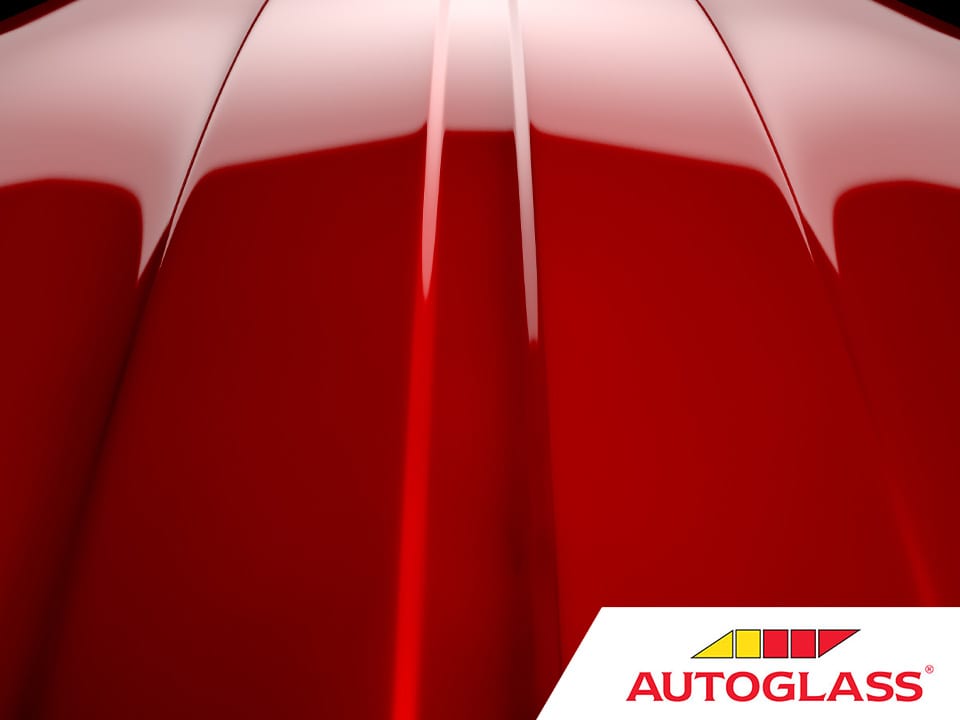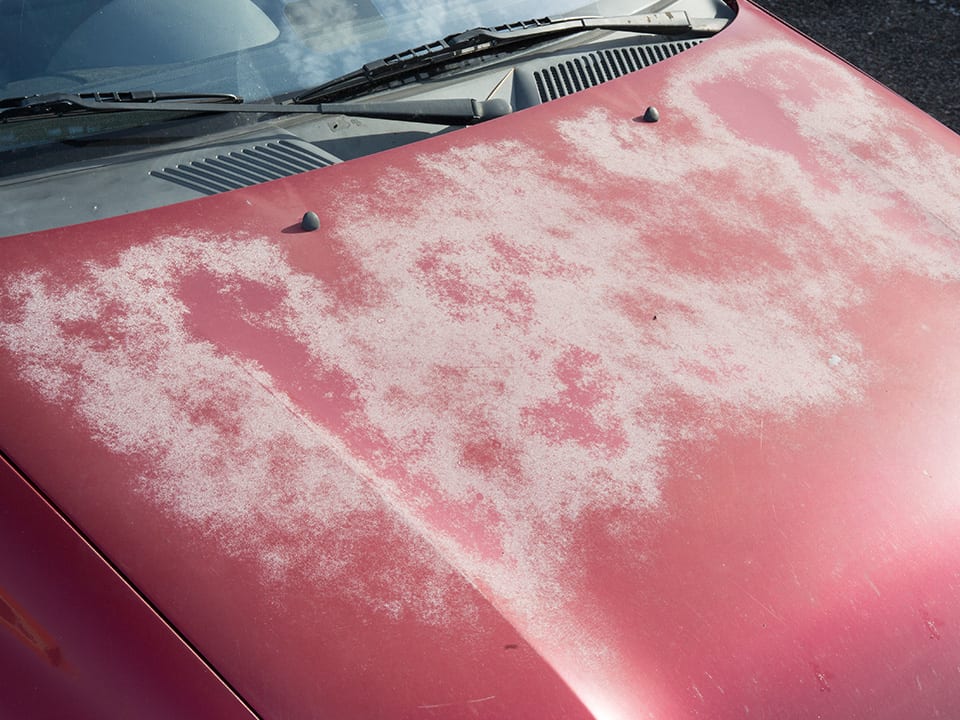
How to Protect Car Paint
How to Protect Car Paint
How to protect car paint is a pressing concern for most car owners. Your car paint is susceptible to damage from many different angles. Sun damage, caustic liquids, and general abrasion can all leave their mark on your car’s exterior. Thankfully, there are an array of different techniques for car paint protection. This guide covers what we believe are the best approaches for maintaining your car paint shine for longer.
How to Touch Up Car Paint
Car paint can chip remarkably easily. As important as regular maintenance and waxing is, debris on the roads and adverse weather conditions can still play havoc with your paintwork. When it comes to maintaining a car paint shine – how to touch up car paint is just as important as how to protect car paint in the first place. A car that is in regular use will inevitably pick up a few paint chips. These chips are rarely significant enough to warrant a complete respray, so if the paint chip is relatively small, you can use touch-up paint to repair the damage.
Firstly, check your car’s firewall to identify your paint code number. The firewall is the piece of sheet metal that separates the engine under your bonnet from the passengers inside the car. This number should be clearly visible when you lift your bonnet.
Once you have purchased the correct paint and primer, it’s time for you to assess the area that needs attention. Examine the damaged area to see of it is being affected by rust. If there is some rust, apply a small amount of rust arrestor. This should stop the rust from continuing to develop under the new paint.
Next, carefully sand the affected area. Use a small piece of #220 sandpaper to rough up the affected area and prepare it for the the primer. Once you’re finished with the sandpaper, you need to THOROUGHLY wash the affected area. Remove any remaining rust arrestor, dirt or wax residue before you begin to apply your primer.
Primer may or may not be necessary depending on the nature of the damage. Primer is useful for sealing a metal surface against rust and to provide a surface for the paint to stick to. It is also good for filling in tiny holes and imperfections in the surface of your car. If you’re dealing with a paint chip that isn’t down to the bare metal, you can probably get away with simply applying the paint directly. But NEVER apply paint to bare metal or plastic. If a bare spot is exposed, apply primer to the area first.
When you’re applying the touch-up paint, completely cover the the surface of the affected area. You should apply the paint inward from the edges. Once applied, the new paint should be no thicker than original paint on the surrounding surface. If the touch-up paint is too thick, it will be clearly visible and may, run, bubble, or even peel off.
Once the new paint is applied, all there is left to do is wait. Leave the paint for several days to ensure it is thoroughly dried. Then, wax and polish the entirety of the car’s exterior in order to blend in the newly painted area and achieve an even shine.
How to Wax a Car and Maintain Car Paint Shine
When considering how to protect car paint, waxing is essential. Think of wax as a raincoat for your car’s paint, a protective shield between your car and the harm that can be wrought by mother nature. Getting to grips with how to wax a car and spending a little extra time and money on a proper wax job will be worth it over time.
Thoroughly wash your car before applying any wax, making sure to remove any contaminants from the car’s exterior. Your chosen wax should specify the optimum amount to apply at a given time. Place the suggested amount of car wax onto a foam applicator or clean microfiber cloth and begin applying it to your car.
Start on the roof of your car and begin to apply as thin a layer of wax as possible. Move the cloth in a tight circular motion in order to apply the wax evenly across the car’s bodywork. Once you have applied the wax to the entirety of the car, leave the wax layer to dry. Then, grab a clean microfiber cloth and start buffing the wax off. Use the same circular motion you used to apply the wax to remove it. Don’t forget that more wax isn’t always the best. Too much wax will just mean you have to spend more time buffing it off once it’s dried.
Waxing can seem like a big job but rest assured, assuming you aren’t living in a particularly warm climate, you needn’t wax your car more than once or twice a year.
How to Repair Sun Damaged Car Paint
Just as Uv Rays can be harmful to our skin, they are similarly harmful for our cars. Extended exposure to the Sun’s rays can cause oxidation and fading in your car paint – leaving your paint job looking old and tired before its time. The best way to deal with Sun Damage is, of course, to avoid it. If you keep your car in a garage or under a car cover, you are unlikely to be subject to any significant Sun Damage in the first place.
Even if your car has suffered some Sun Damage, all is not lost. A regime of polishing and detailing clay application can still go some distance toward repairing any sun damage or faded car paint. As with any form of paint damage, use the least abrasive polish available to get best results. Even moderate paint oxidation causes paint thinning. As you polish and buff, the oxidised (dead) paint should come away relatively easily. Waxing, as outlined above, is also essential to preventing sun damage.
In Conclusion
We hope you found this article helpful in getting to grips with how to protect car paint. Check back with the Autoglass® blog every two weeks for more hints, tips and guides relating to all things motoring. Safe travels!
Book an appointment now
For a quick and easy way to make an appointment book online now.

